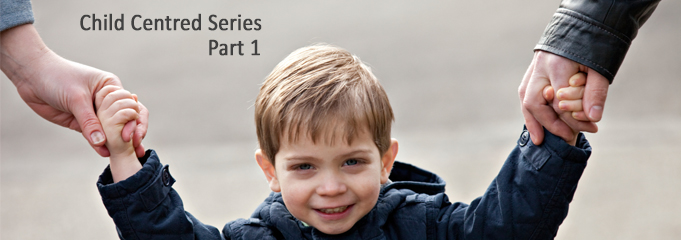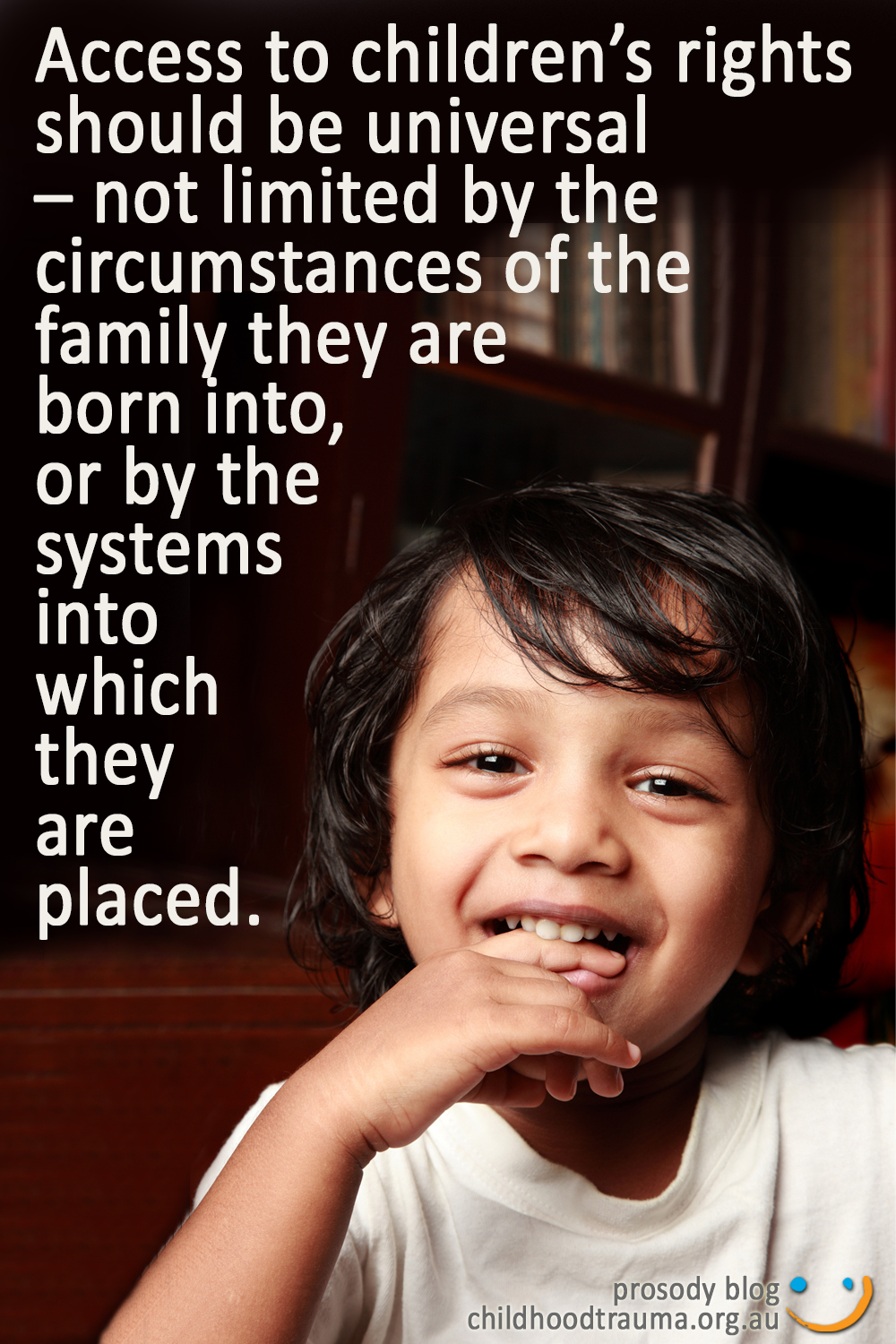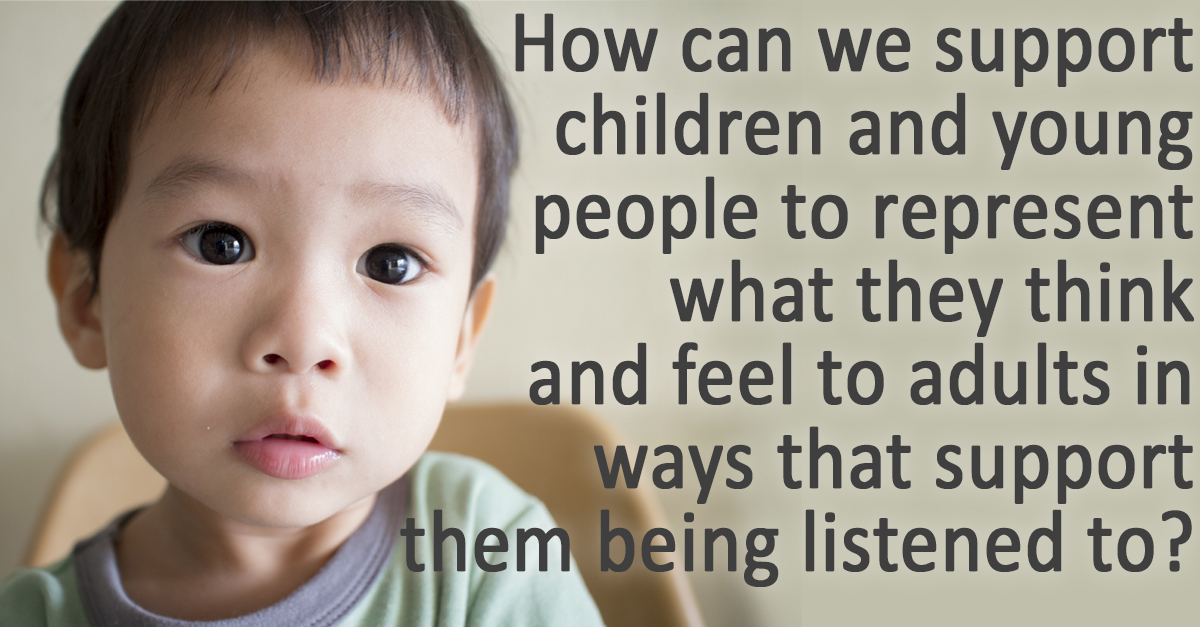
What does it mean to be Child Centred?

This article was authored by Lauren Thomas,
This past week, one state in Australia has had their child protection processes heavily criticised by a coroner. In the tragic death of four year old Chloe Valentine, the Coroner found that more than 20 notifications weremade to Families SA before Chloe’s death from family and friends who were concerned for her welfare. The ABC reported that many of these concerns were largely ignored by the agency.
There were many examples where Chloe’s needs, vulnerabilities and development were not in focus.
Anyone who has worked with children in a professional setting will likely have heard the term ‘child-centred’used to describe an approach, a policy or a way of working with children. It is written into legislation aroundAustralia and seen as a desirable way of approaching child protection by many. Some organisations – like theFoundation – also describe themselves as being child-centred as a central principle informing all that they do. But what does it mean?
Putting children at the centre of policy and service delivery represents a commitment to move children fromtraditionally marginalised positions to the practical and conceptual centre of policy and practice (Cowan,Steinberg & Woodhouse 2000). Another way of thinking about this shift is to move from an organisation thattalks about and works for children, to one that prioritises their voice and works to meet or advocate for theirbest interests.
Stanton Rogers (2001) described how child welfare is based on the promotion of the idea that children haverights, and are entitled to a ‘good childhood’ and need protection.
For those of us working with children, it is the links between children’s rights and child welfare that reveal andidentify areas of action needed to improve their lives (Kanyal ; 2014). Access to these rights should beuniversal – not limited by the circumstances of the family they are born into, or by the systems into whichthey are placed.
To support the work around the globe of improving children’saccess to their rights, UNICEF has developed a model with fourphases of child development, along with a variety of strategies toaddress the needs of children (Black, 1996; Knutsson, 1997;Kaufman and Rizzini, 2009). The last phase, which stresses therights of the child, focuses on provision, protection andparticipation rights. As we have worked – and continue to work –towards universal acceptance and access to children’s rights, itcould be said that the inevitable consequence of an increase inchildren’s rights to participation, would be an encouragement ofmore child centred approaches. The two are linked.
So what might this mean for you and your practice? How can you,or do you, champion the rights of children with those you workwith? Here are three things you might like to do:
1. Increase children’s own awareness of their rights.
This sounds simple, but you might be surprised at how little manychildren know about the universal rights of children. We havefound this to be especially true of children who have experiencedtrauma, and who are in the child protection system. We have spoken before on this blog about the freehandout we designed for use with young people and children in care which discusses their rights in easy tounderstand language (you can download it here). There are many other ways you might do this too – have alook around online, there are colouring in sheets, school curriculums and much more.
2. Prioritise children’s participation
Look for ways in your own practice to enable the participation of children in decisions and processes around their care. In our ‘Understanding the Neurobiology of Complex Trauma’ workshops, we have spent time with groups thinking about how systems work with children. Within this segment, I found that participants were always able to come up with wonderful, creative ways to do this – from integrating their own self-assessments into the assessment and re-assessment phases, to symbolic methods such as bringing the image of the child to care team meetings helping professionals to move beyond case details and planning.

3. Consider how you might amplify the voice of the child.
There are many voices that speak for these children, but it is important to remember that the child also has their own voice. How can children’s expression of their own wishes and needs be positioned within adult decision making so that children can influence what happens to them? How can we support children and young people to represent what they think and feel to adults in ways that support them being listened to?
This marks the first in a 5 part series looking at Child Centred Practice. As well as considering the links between children’s rights and child centred approaches, we will also look at four principles of child centred practice against which we can test and assess our own policies, processes and actions. We hope that this series will be useful to share and reflect on for workplaces around Australia and beyond in a series for Prosody.
